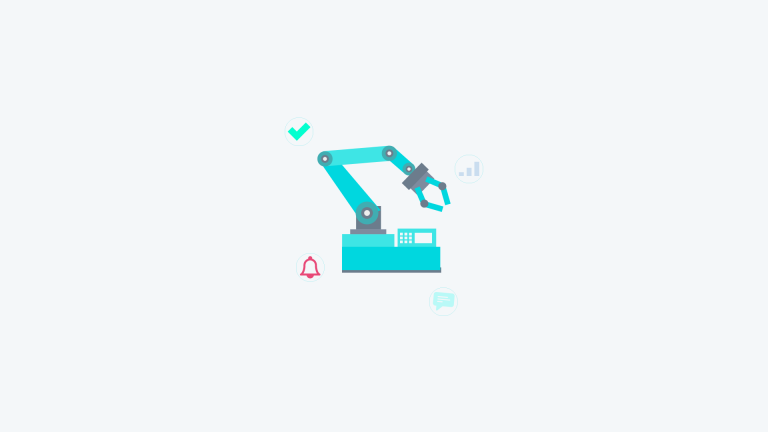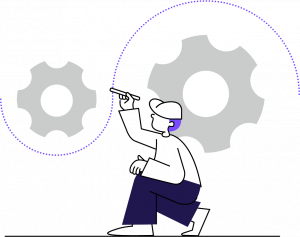
Industry 4.0 is transforming the way manufacturing operations are executed and monitored. Manufacturing companies are turning to new technological capabilities. IIoT, cloud computing, advanced analytics and cyber-physical systems can help to deliver better products to consumers faster, while reducing production costs, waste and losses.
Let’s look more closely at how combining these technological capabilities with remote equipment monitoring can help manufacturers to reduce availability, performance and quality losses and drive operational efficiency and compliance on the shop floor.
What is remote equipment monitoring?
The maintenance and upkeep of machinery can come at a great cost. Remote equipment monitoring enables organisations to continuously collect data from equipment and control systems. The data is instantly recorded in the back end, providing visibility over KPIs such as temperature, pressure, speed etc. and reveals even the slightest alterations in operating performance and conditions.
This way manufacturing companies can screen the health and performance of equipment in plants from offsite locations, counter manufacturing losses and ensure Overall Equipment Effectiveness. For example, analysing the data can reveal that the speed of a production line has been continuously decreasing, pointing to a mechanical problem with the conveyors. Resolving this before the production line comes to a halt can help prevent more serious equipment damage and increase uptime.
Real-time visibility
Remote equipment monitoring enables companies to move beyond static measures of machine performance and plant-floor productivity, to real-time visibility. For a manufacturing company which has its production decentralised across countries and even continents this means the ability to monitor specific plants and production lines and compare them across countries, deep-diving on specific KPIs. Nike products, for example, are manufactured in 567 factories across 42 countries1. A remote equipment monitoring solution can reveal whether the plants in France are displaying higher uptime than the ones in Argentina or whether the increased instances of equipment failure in plant A in Bangladesh are related to these in plant B in the same country.
Predictive and prescriptive maintenance
One minute of downtime in automotive manufacturing is estimated to cost $22,0002. A post-hoc approach to maintenance – fixing an issue after it has disrupted production – results in higher downtime costs. What is more, under pressure to resolve an issue as quickly as possible, maintenance teams often have enough time to only treat a symptom rather than examine and eliminate the root cause. For example, replacing a cutting tool because it has been damaged, temporarily resolves the equipment issue. However, there is greater value in identifying and resolving the root cause of the damage as this would eliminate the need for and cost of future component replacements and would help improve the machine’s lifespan.
Adding machine learning, predictive and prescriptive analytics capabilities to equipment monitoring can enable organisations to transition from post hoc to pre-emptive maintenance, proactively address potential issues before they occur and ensure that the optimal corrective actions are implemented in-store.
Equipment on the shop floor provides millions of data points. The data captured by IoT connected sensors, deployed on the machines can be analysed with the help of machine learning and predictive analytics algorithms. Predictive and prescriptive analytics can help to predict flawed patterns, machinery defects, and risks of failure and prescribe the best corrective action. This allows for issues to be identified and pre-empted before they cause equipment failure, defective produce or reduced production speed.
Continuously raise operational standards
Similarly to identifying equipment issues, data from the shop floor can help to identify and alter process inefficiencies. For example, insight into the stages of production of a soft drink can show that that step 5 of a 15-step manufacturing process requires significant adjustment time and results in losses. Manufacturers can then re-design the process in a way that ensures optimal run conditions throughout.
Through the improved visibility that it provides, remote equipment monitoring can support the implementation of Kaizen, Six Sigma and Lean methodologies. Having access to plant-specific data can also help to configure processes locally to the size of the plant and the workers and machinery on the shop floor, ensuring that every factory is following the optimal processes.
These are some of the ways in which remote equipment monitoring enables manufacturers to eliminate manufacturing losses and drive greater effectiveness and efficiency on the shop floor.
{{cta(‘9bc9a1b0-65e5-46ac-a045-744dbe2443fc’,’justifycenter’)}}











